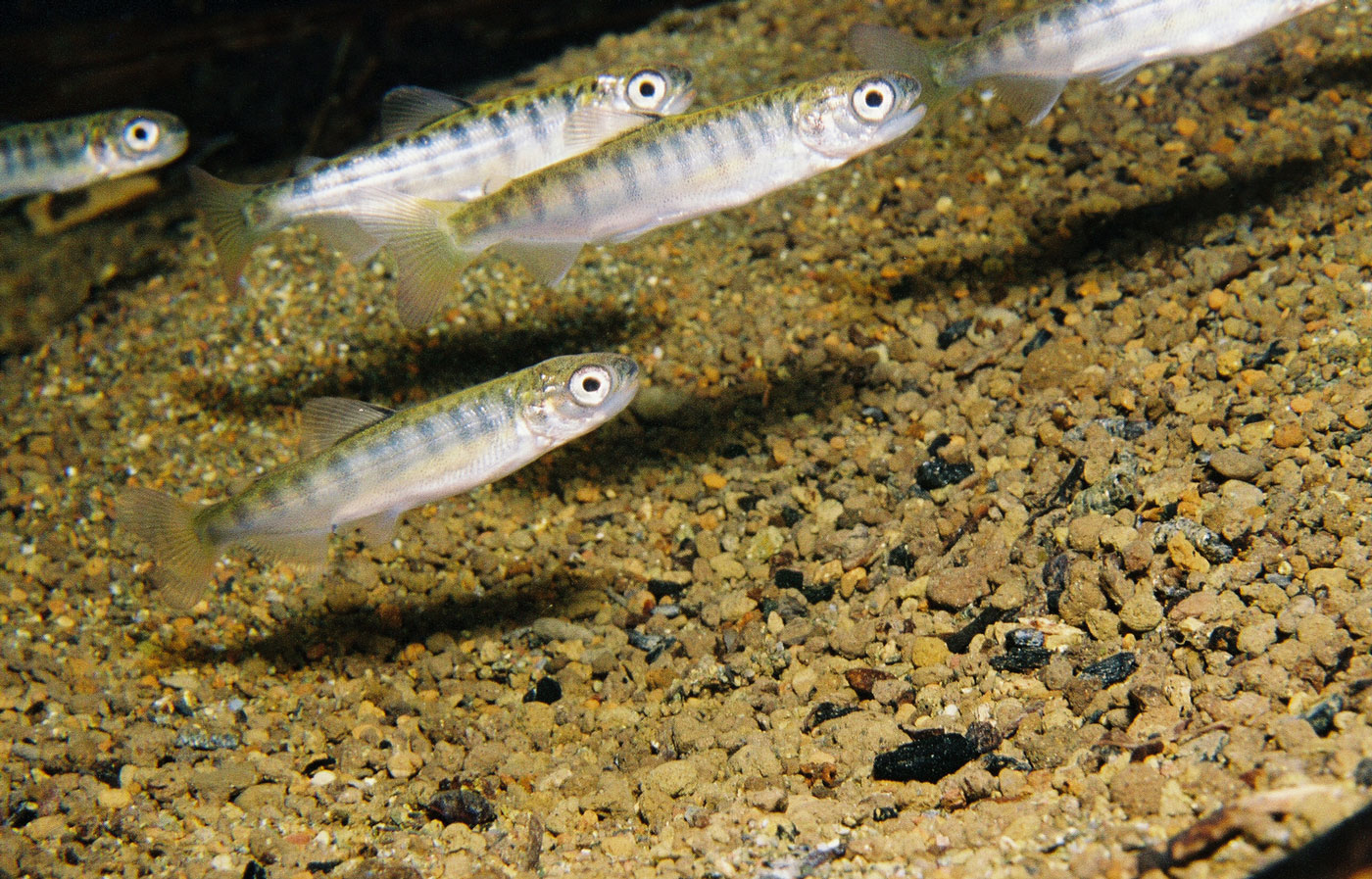Heart problems triggered by climate change could devastate Chinook salmon stocks
December 22, 2014

December 22, 2014

Wildlife biologists are trying to predict how animal populations all over the world will respond to climate change.
There are many examples of how projected future temperatures will dramatically affect the performance of a wide range of animal species. Some species will acclimate to warmer temperatures; their bodies will adjust. Other species that are able may simply move to cooler habitats.
But it’s unknown what species of animals can adapt and survive over the long term to global rising temperatures.
Determining the future of animals in aquatic environments is a challenge a University of British Columbia researcher took part in.
The research team investigated the potential for juvenile Chinook salmon to adapt to warming water temperatures. They examined the capacity for evolutionary change using a genetic breeding program.
The salmons’ response to warming water temperatures was measured across all the genetic variations of the fish created for this research project.
It was discovered that Chinook can acclimate to a warmer environment with subtle changes to cardiac functions, but only up to a point.
At 24.5°C and regardless of the acclimation temperature, the Chinook’s developed serious cardiac problems.
Anthony Farrell, a UBC zoologist and member of the international research team describes what happens to the fish.
“Its heart beats faster and faster with warming until at 24.5°C it can beat no faster, then it either slows or goes arrhythmic.”
Farrell goes on to explain that if climate change continues unchecked, Chinook salmon is one animal species facing dire consequences.
The researchers concluded there’s a five per cent chance of catastrophic loss of Chinook salmon by 2075 and a 98 per cent chance the population will suffer catastrophic losses by 2100.
Anthony Farrell is UBC Chair, Sustainable Aquaculture and Professor, Zoology and Land and Food Systems. The research was published Dec. 18 in the journal Nature Climate Change.
We honour xwməθkwəy̓ əm (Musqueam) on whose ancestral, unceded territory UBC Vancouver is situated. UBC Science is committed to building meaningful relationships with Indigenous peoples so we can advance Reconciliation and ensure traditional ways of knowing enrich our teaching and research.
Learn more: Musqueam First Nation